Richard Warren thinks drones represent the future of mountain rescue.
He’s the chairman of the Lake District Search and Mountain Rescue Association, and also a member of Wasdale Mountain Rescue Team, which is often called out to people in trouble on England’s highest mountain, Scafell Pike.
I met Richard and other volunteer mountain rescuers during an exercise at Hodge Close Quarry near Coniston, a huge hole in the ground, the bottom of which is filled with a 150-deep pool of dark water.
Members of the home team from Coniston were using the day as training in the search for a reported injured person. Also present were people from the Cumbria Ore Mines Rescue Unit and Kirkby Stephen Mountain Rescue Team, which is the lead group among the area’s umbrella body for drones, or unmanned aerial vehicle as they’re officially classified.
Coniston team leader Janice Hamilton explained they had received a call from a member of the public to say they had seen a person slumped at Hodge Close, an area with poor phone reception and with numerous tunnels and caves, so had called in the help of drone operators.
Richard explained their drones have infra-red cameras as well as conventional ones, to help locate casualties. They come into their own in difficult terrain where rescuers have to put themselves in danger when searching for people. Hodge Close Quarry was a prime example, with its steep rocky sides.
There are 19 qualified UAV pilots in the Lake District teams, and 11 drones.
He said the gathering was also a chance to demonstrate their use to representatives of masonic lodges in the North-West of England, who had donated £72,000 to the association to equip teams with the drones.
Drone technology is improving constantly, he said, and he could foresee a time when UAVs would be able to airlift life-saving equipment such as defibrillators, with rescuers able to reach people in need more quickly.
Increasingly, they are being used by teams in searches and rescues, proving an invaluable ‘eye in the sky’, able to ascent quickly to sites such as rock faces where casualties might be cragfast, as well as covering a large area in less time.
The drone he uses has a speaker which can be used to issue instructions and support to casualties and even quiz them on matters such as their current pain score. It was also invaluable in picking out the best route for rescuers to use in reaching people on steep, technical ground.
But the day would also prove you can’t completely rely on technology as an unexpected event would bring the exercise to a premature end.
The use of drones by mountain rescuers – just as with members of the public and commercial operators – is governed by the Civil Aviation Authority, and would be pilots have to undergo extensive training and testing before they can operate the aircraft.
The drones can only operate in certain weather conditions, and it may surprise people to learn that doesn’t include when it’s raining – a major consideration in an area such as the Lake District with its notoriously wet climate. Some drones, such as one brought by an officer from Cumbria police, are weatherproof, but come with a high price tag: £30,000, compared with the typical cost of a mountain rescue drone of £5,000.
So a weather-resistant drone is on the wish-list of the Lakeland rescuers as prices hopefully reduce in the near future.
Increasingly, mountain rescue teams are called into action during extreme weather events to help in resilience operations, and drones are often used in these circumstances. Another reason to look towards buying more rainproof aircraft.
A drone is even used within caves and tunnels by the mines rescue team. It can be fitted with a large, lightweight cage protecting its rotor blades, so a brush with the sides of a cave would not have as disastrous consequences as an unprotected one.
It was actually the COMRU drone that was being used in the exercise but piloted by a member of the Kirkby Stephen team, though without its cage. With hindsight, that might have seemed an omission.
As the pilot demonstrated the heat-source images of a ‘casualty’ and their rescuer at a cave in the bottom of the excavation, it became clear the drone was drifting of its own accord towards the walls of the quarry. Despite attempts to raise the aircraft and arrest its drift, it failed to respond, hit the rock face and plunged into the deep pool at the base of the excavation. A £5,000 piece of equipment irretrievably lying in more than 100ft of water.
As well as the financial cost of the drone loss, the pilot will have to file an incident report with the CAA. It’s still a mystery why the drone went out of control. In addition to GPS receivers in the unit, the Mavic 3 drone has collision-avoidance sensors and ground sensors, none of which seemed to be able to stop the incident happening.
There’s a lot of technology in the drones: sophisticated software that communicates with the control unit in the pilot’s hands, and lots of safety features that unfortunately failed to work.
Richard Warren said he’s never known such a malfunction in his more than three years of drone piloting. He said there seemed to have been a complete loss of communication with the control unit. “It reminds us all as pilots we do need to recognise that things can go wrong,” he said. There will be an investigation by our lead drone pilot and we will be putting in a report to the authorities because it’s the equivalent to a near miss, though this is actually a ‘hit’ where a drone has been damaged while out on an operation.”
The incident provided just one example of the costs of running volunteer mountain rescue teams. Richard said many people still believe mountain rescue teams are fully paid professionals. “They’re surprised to find that all mountain rescuers, whether in Cumbria or anywhere else in the country, are totally unpaid, totally volunteer, on-call 24 hours a day, 365 days a year.
“We survive by the generous donations of organisations like the masonic lodges and other organisations, the people we save and the people who support us.
“It is expensive to keep the voluntary charity running. About three-quarters of a million pounds a year is needed to run the 12 teams in the Lake District, but we manage through generosity and we want to sustain the ethos of the voluntary service to help those who are in desperate need of support and rescue in the mountains of the Lake District.”
Though the loss of the drone in what can be considered a freak incident was unfortunate and, in the circumstances, a little embarrassing at what was meant to be a demonstration of the usefulness of these little aircraft, it’s clear there is a future for their use on rescues.
They certainly won’t replace the search skills of the hundreds of volunteer mountain and lowland rescue team members in the UK, nor indeed the undoubted usefulness of search and rescue dogs and their handlers, but they are another tool in the armoury of what is becoming an increasingly professional-level band of women and men who answer the call of those in difficulties on the hills of our country.
And if you’re unfortunate enough to need the services of one of the Lake District’s mountain rescue teams, the first voice you hear might be the disembodies words of Richard Warren drifting across the fells from the small, unmanned aircraft hovering over you.
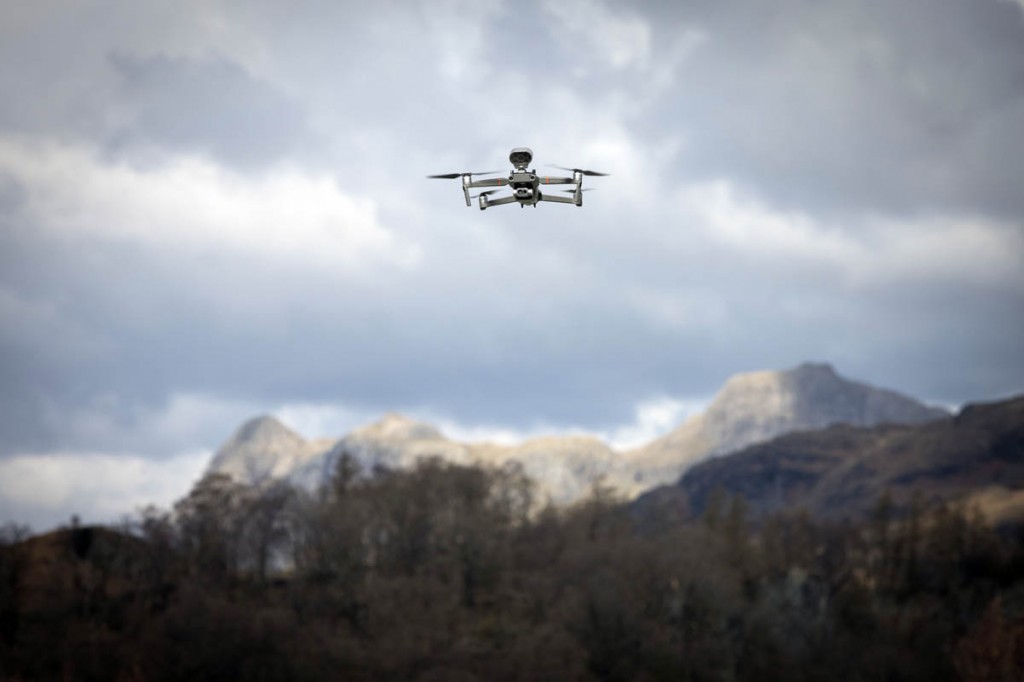
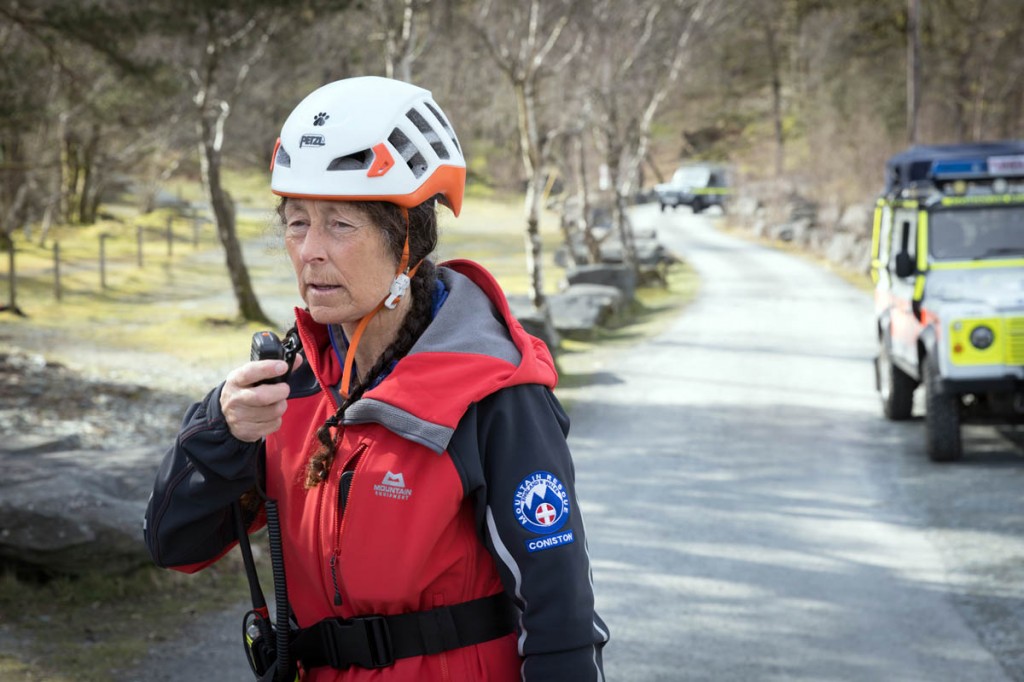
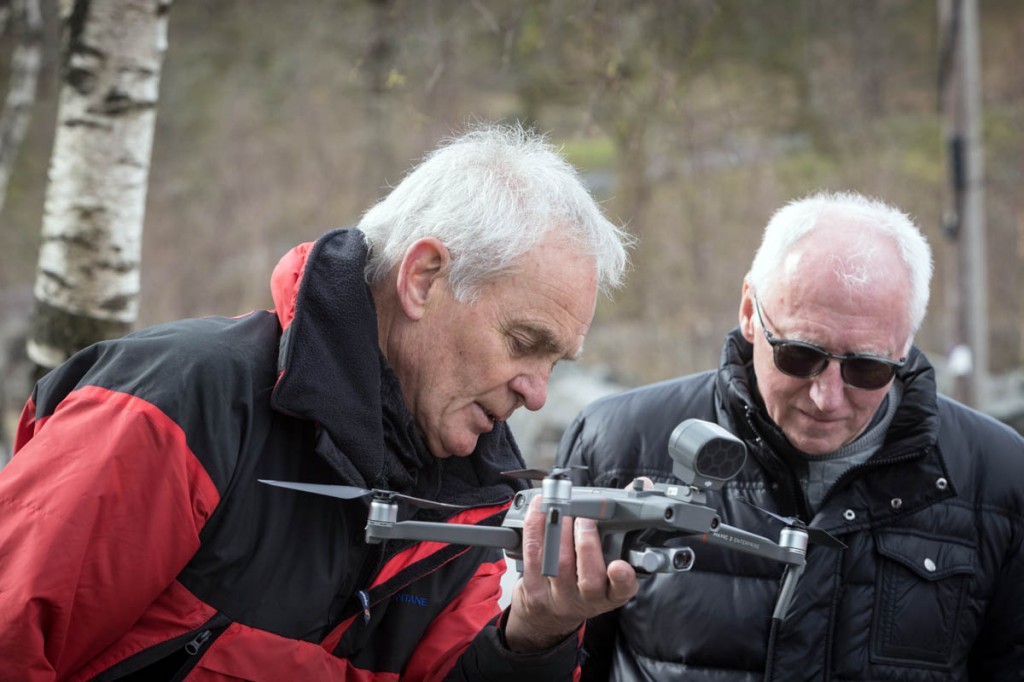
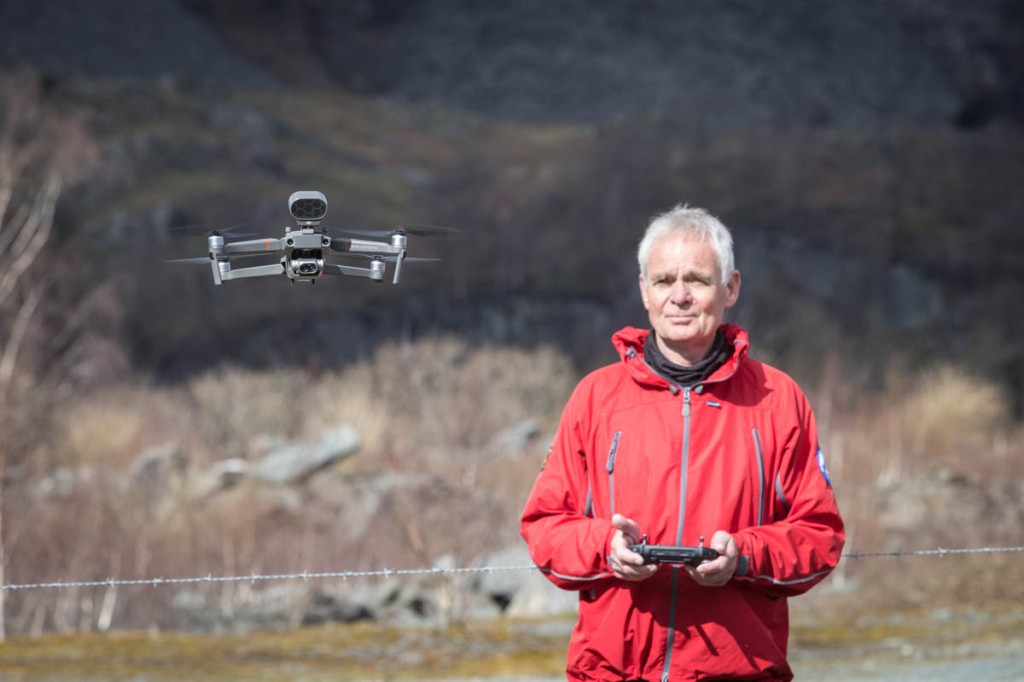
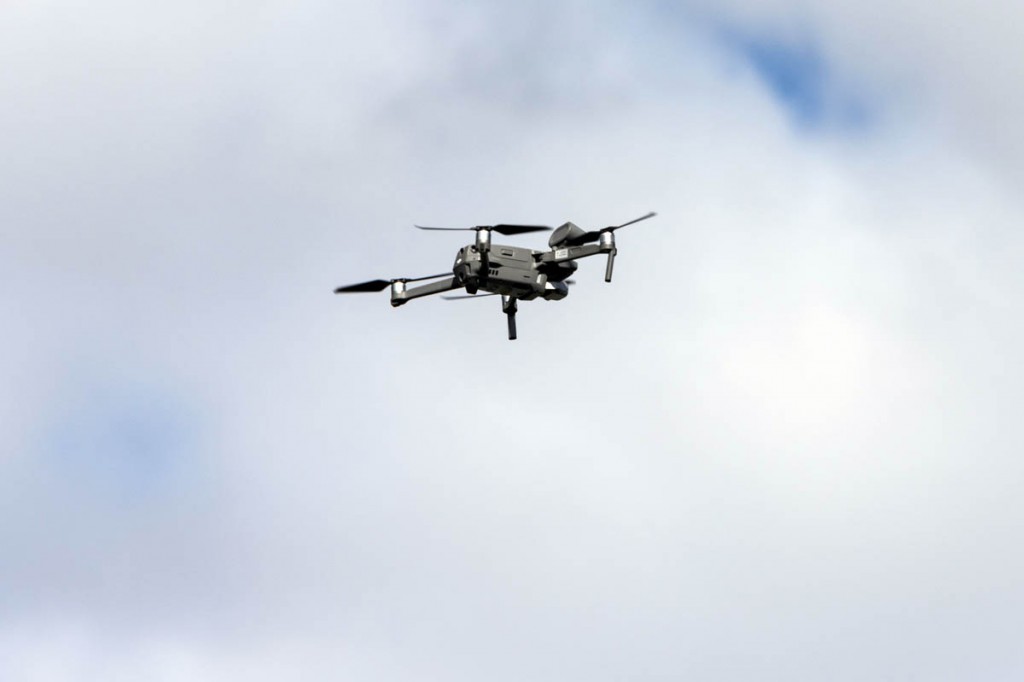
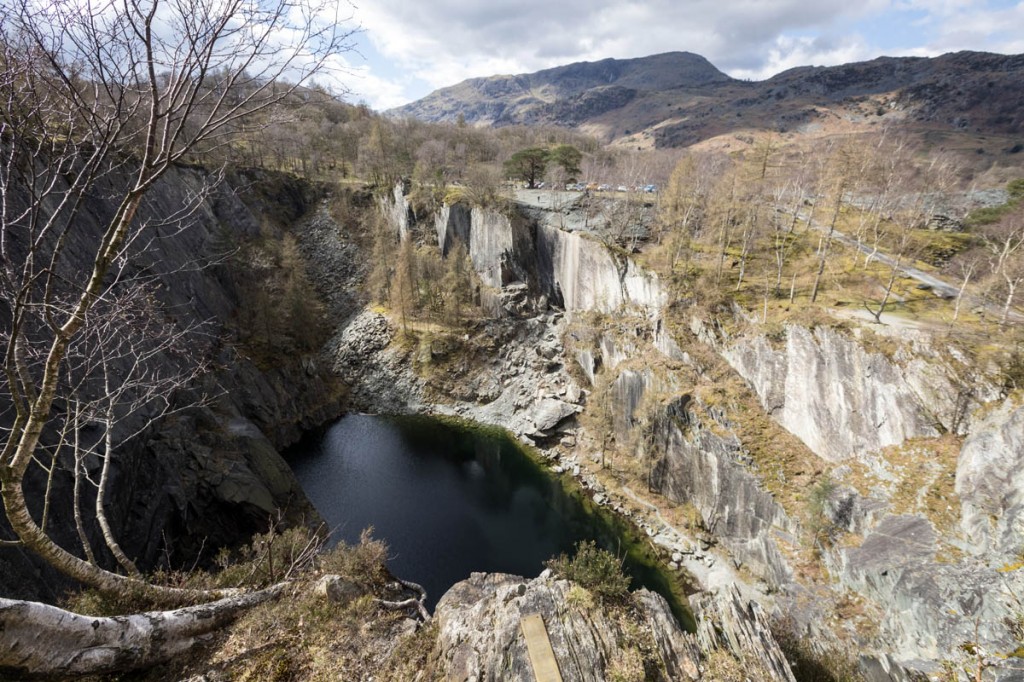
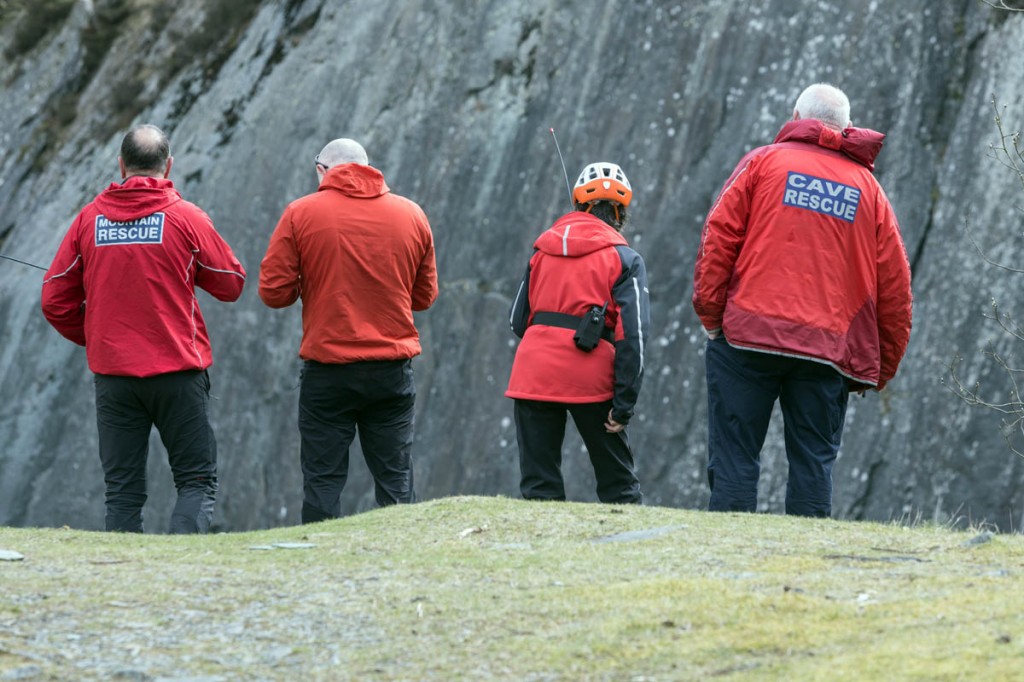
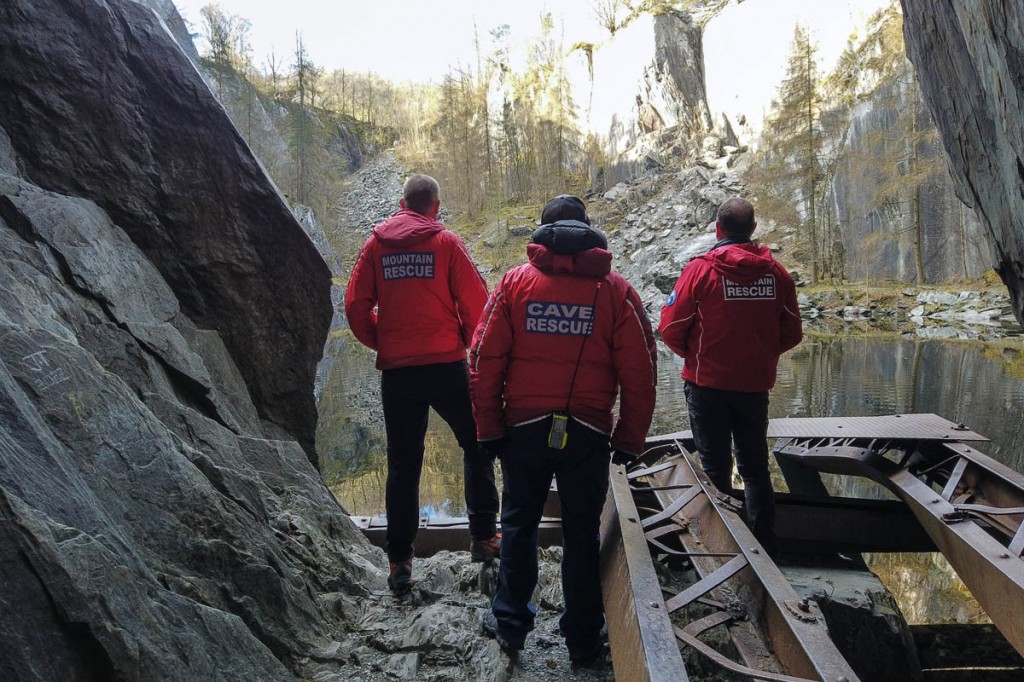
TH
07 April 2022Better value for money than a guy with a jet pack, perhaps?
Graham
05 May 2022Drones use GPS to hold their position and without it (say in a cave) will drift. The collision sensors are image based, (unlike on your car) and in low light may not work.
Most drones will return to home if the signal is lost but in a straight line which again can cause problems as they will have to use their collision sensors to avoid things in the way.